Castlevania Resurrection
Game Overview
Of the various Castlevania games that have been pitched and then canceled by Konami (a remarkably small amount considering the long lifespan of the franchise), Castlevania Resurrection probably hurts fans the most. Considering how far along the game was (a set engine already built with at least 25% of the game's content reportedly implemented) it's a bit of a surprise the game was canceled straight out, and considering the buzz behind the game, more than a few fans were disappointed by its cancellation. That said, it's not a complete surprise the game was never finished and released.
In development for the Sega Dreamcast back in 1999-2000, Resurrection was hobbled at the outset by its chosen platform. Much like the Sega Genesis 32X attachment that was to be the home for another canceled game, Castlevania: The BloodlettingThis title was meant to be the follow up to Castlevania: Rondo of Blood, a Sega 32X-exclusive cart that would have seen the return of Richter Belmont and Maria Renard to take on vampires once more. However, the failure of the 32X attachment all but ensured this game wouldn’t see the light of day, with its basic materials getting reworked into Castlevania: Symphony of the Night., the Dreamcast was a poor seller out of the gate, meaning that a number of game companies had to decide if developing original games (and not just ports) for that system made financial sense. There's a reason that the majority of games for also-ran systems tend to come from the company that put out the console: most other companies don't have a financial stake in the success of the platform so they have no reason to develop for it when there are better-performing systems on the market.
But the Dreamcast on wasn't the only reason the game was canceled (even if it certainly served as final justification). Reportedly there was friction between the U.S. development team behind Resurrection and Konami's main headquarters in Japan. As the story goes, despite an initial agreement on the direction for the game -- a 2.5D GameplayThis generally refers to pairing standard 2D platforming gameplay with 3D graphics for an updated, blended experience. platformer starring Sonia BelmontHeroine of Castlevania Legends and, at one point, mother of Trevor Belmont before Igarashi removed her from continuity. (of Castlevania: LegendsThe third and final Castlevania game for the diminutive Game Boy, this title took players all the way back to the (at the time) origins of the clan to follow the adventures of Sonia Belmont. fame) -- Konami was apparently unhappy with how the game was developing, potentially expecting something different than the demos they received. When it seemed like the game would not be able to shift to the (possibly new) direction the company wanted, they scrapped it altogether.
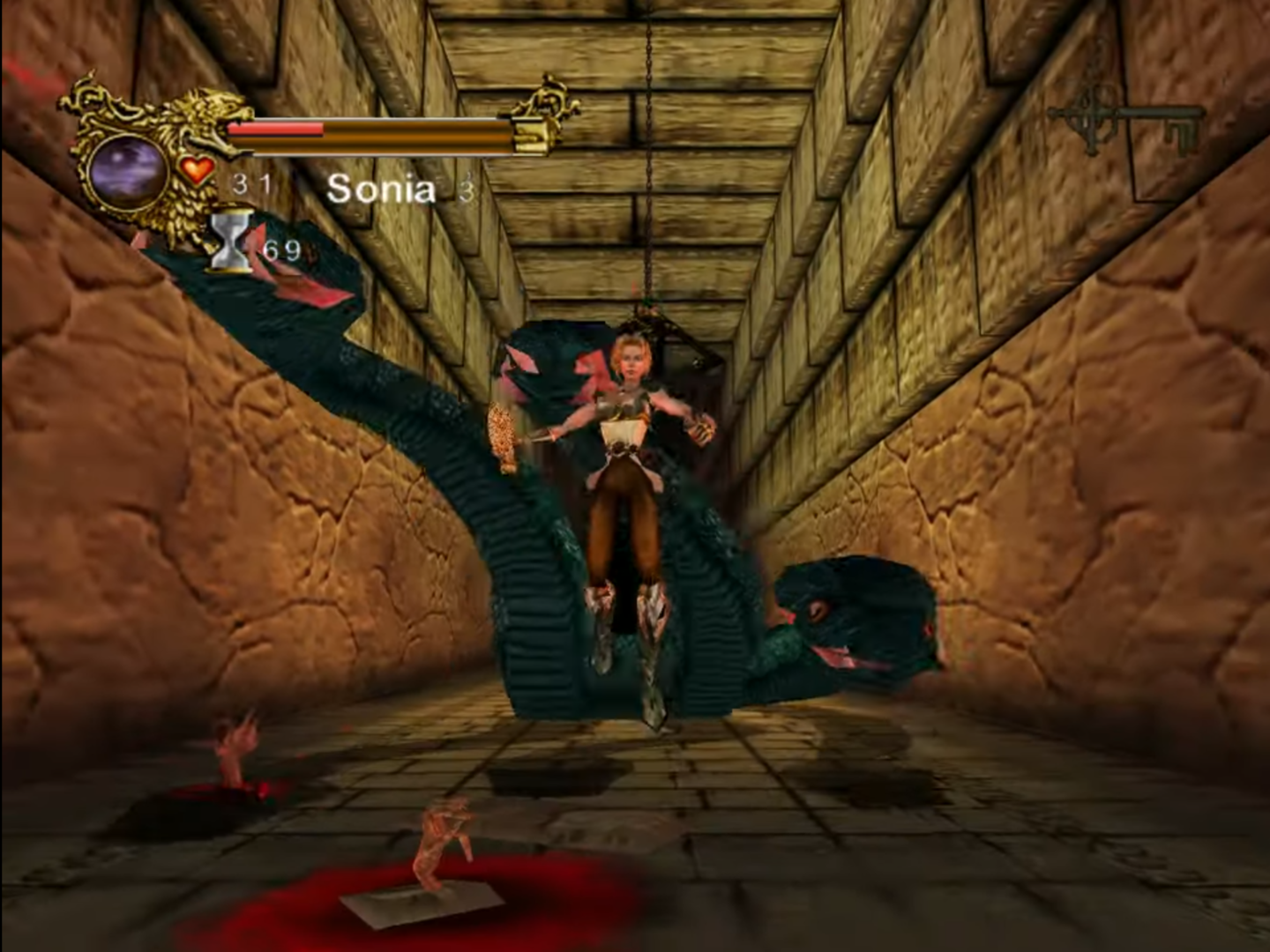
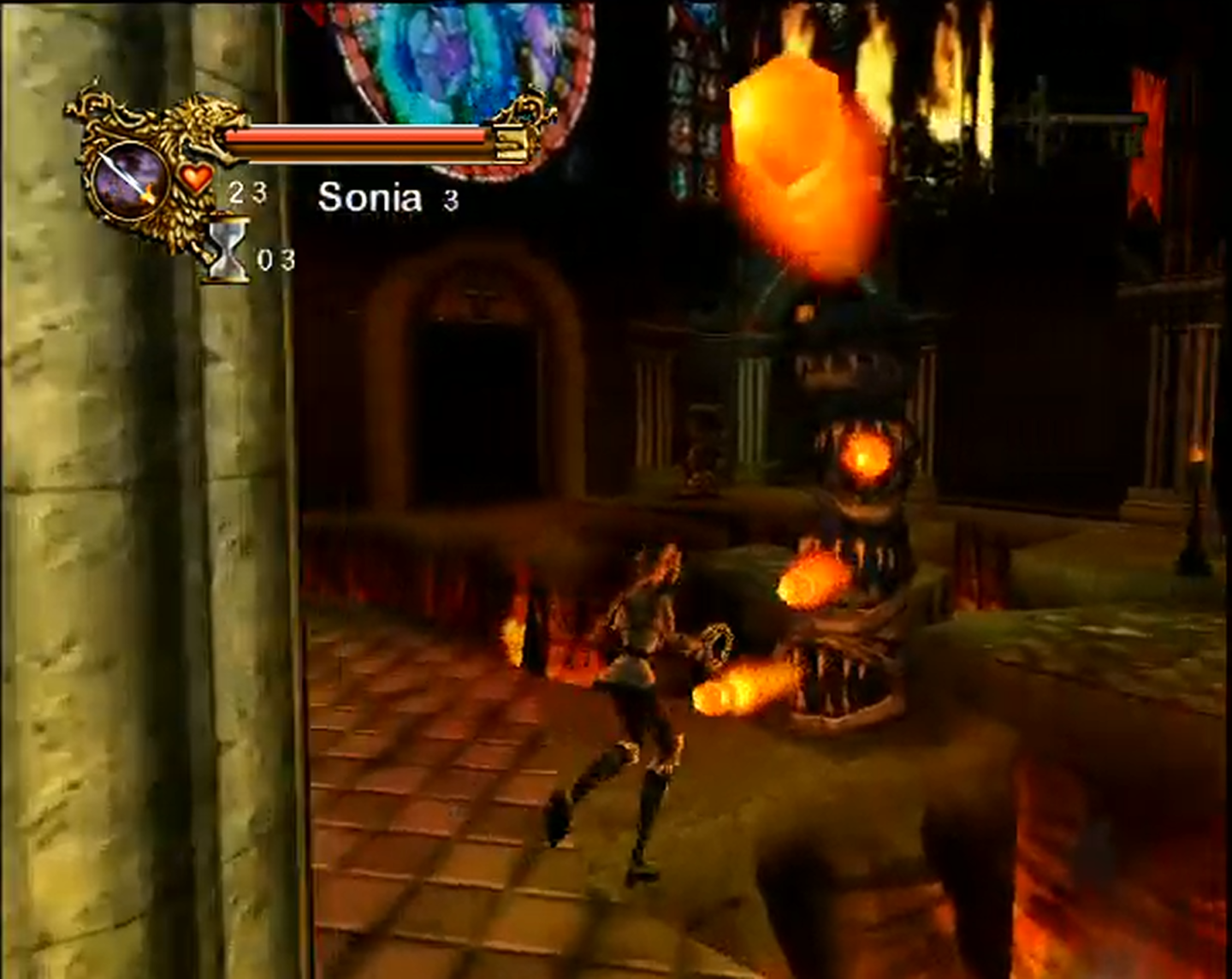
Bear in mind, of course, that this would have been the third 3D-styled game in the series, after Castlevania for the Nintendo 64After a number of titles for non-Nintendo systems, Castlevania’s return should have been marked by much love and enjoyment from the fans. Sadly the first version of the game on Nintendo’s 64-bit console was a flawed game, interesting in places but not the kind of game fans were clamoring for in 1999. and that game's "director's cut", Castlevania: Legacy of DarknessThe “Director’s Cut” of Castlevania for the Nintendo 64, this version added in additional material originally cut from the original game, while improving some parts of the overall experience., and it's worth remembering that neither of those games set the world on fire. Konami of Japan very well could have looked at how Resurrection was shaping up, noticed how it played a lot like the previous Nintendo 64 games (a detail we'll get to in a bit), and decided that this game wasn't worth releasing. "If those games weren't successful, why would this one, modeled similarly and released on a dying system, do any better?" That's a reasonable business decision, all things considered.
These kinds of direction changes from game companies aren't entirely unheard of; different bosses from different divisions expect different things, and when projects don't meet certain notes, or when new ideas are dreamed up independent of the product in development, whole portions of games have to be scrapped and redone. Diakatana is one famous example of this, with Duke Nukem Forever being an even more widely known example; both were games that were overhyped during their time in development, took much longer to come to fruition than expected (due to shifting ideas and new engines being implemented), with the final released product being worse than anyone could have even reasonably wanted.
For a flagship series like Castlevania, then, it's possible (even probable) that the Japanese side of the company expected something different from what was being developed, while the American team had other ideas about what the game should be, and this lead the company to "shift resources" to other projects instead of trying to save what was already designed. When Resurrection seemed beyond saving (for what they wanted, even if it was solidly on the path to completion), killing it would have been the best option from the company's perspective.
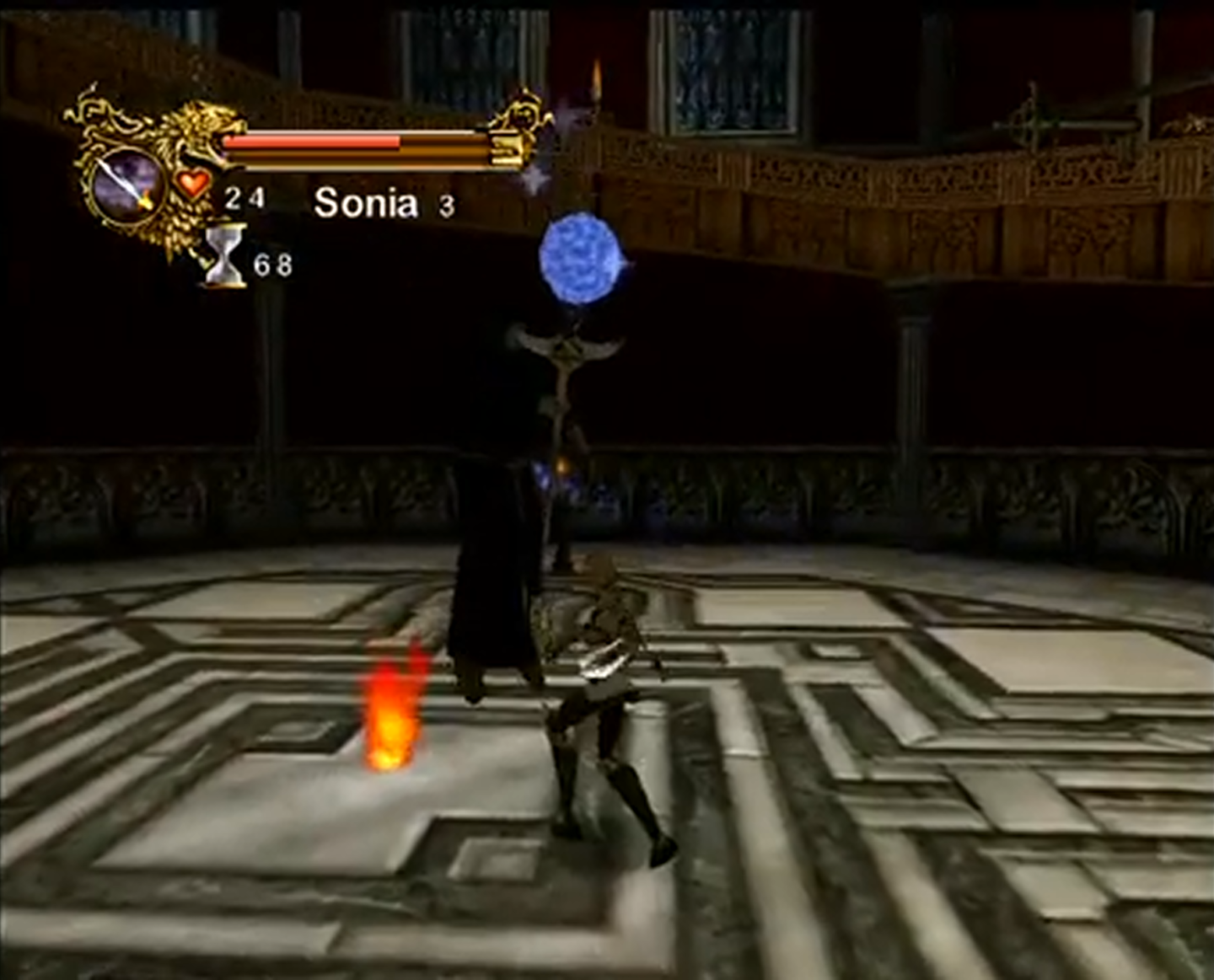
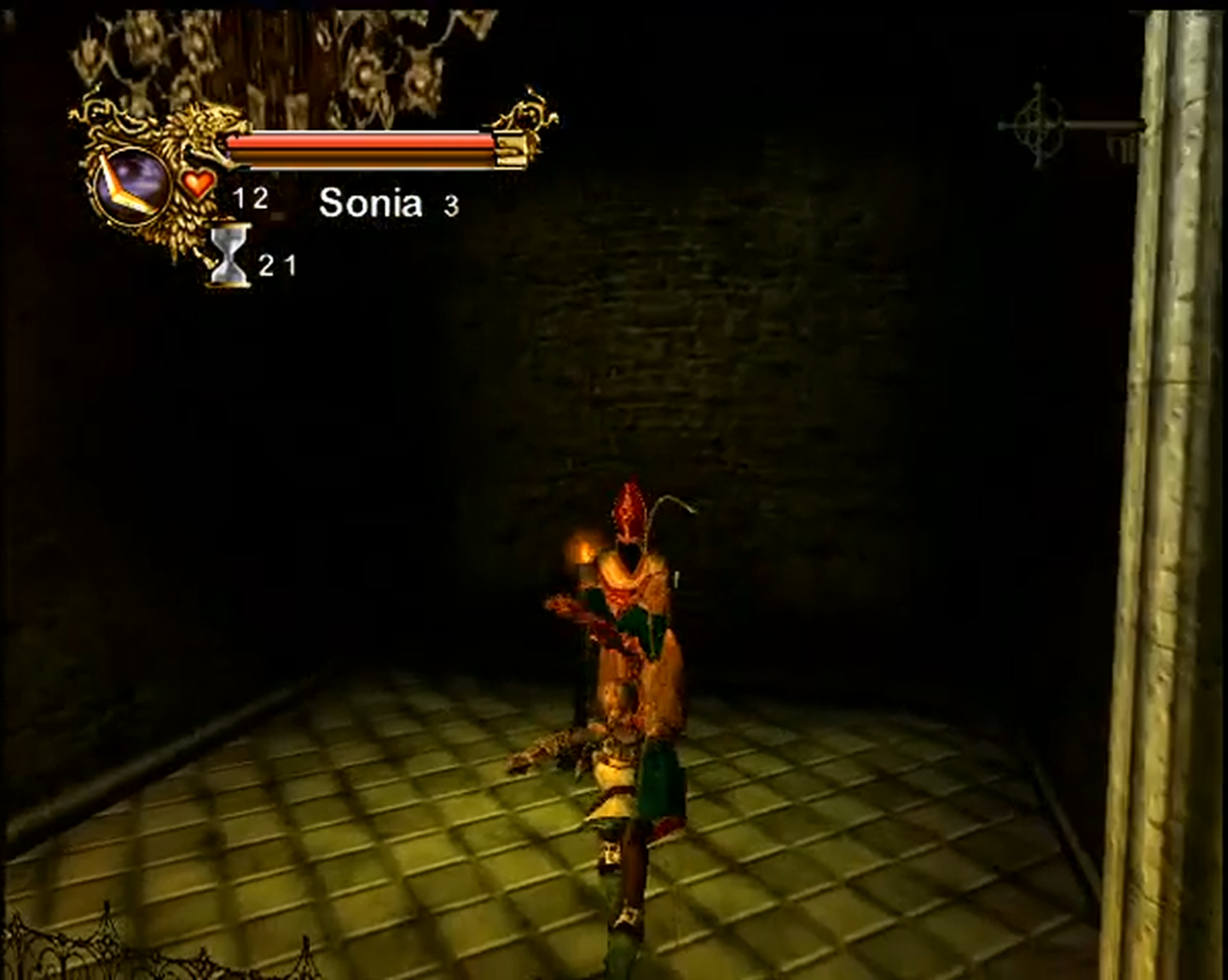
Plus, let's be honest, Sonia Belmont wasn't a draw, with her biggest (and only) game being the little-loved Legends; the lack of a marquee character attached to the project could have been a factor as it might have limited the game's reach. Put that in with everything else, all that baggage we just discussed, and that provides a lot of evidence for why the game was canceled after being shown off at E3 in 1999 (and we will get to this in a moment). It's no wonder, then, that Resurrection was canned; the stars were aligned against this game (at least as far as Konami was concerned).
If there's any consolation, Castlevania: Resurrection wasn't the only Konami game canceled at the time. As noted by game's art director, Greg Orduyan, every game Konami had in active development for the Dreamcast was canceled on the very day Sony announced the release of the PlayStation 2. The writing was on the wall for Sega's system, and Konami was just following the market. It's sad that the game didn't move to another console, but, again, it just wasn't meant to be.
Legacy of Resurrection:
Unlike with The Bloodletting for the 32X, Castlevania Resurrection has not had an upbeat legacy since its cancellation. For starters, Sonia was soon removed as the originator of the Belmont clan (replaced by Leon BelmontProgenitor of the Belmont Clan of vampire hunters. Leon was the first to go up against the undead, chasing the evil vampire lord Walter Bernhard to his edifice of evil, all so the hero could rescue his kidnapped lady love, Sara. And, from there, a vow to defeat all vampires when they rose was born. in Castlevania: Lament of InnocenceThe first title in the series for the Sony PlayStation 2, Lament of Innocence gave us the first glimpse of the earliest hero in the main series, Leon Belmont, he who first had to engage against the vampires by taking up a magical whip and knocking around the worst foes of the undead world.). She was then fully removed from continuity, with her one released entry, Legends, kicked from the official Castlevania timeline. Despite other games also being removed before being added back in, Sonia's adventure is still the one game Konami likes to pretend never happened.
Also unlike The Bloodletting, the heroes of Resurrection never found new life in later fan-made materials. No one ever tried to make a new version (fan-brew) of Resurrection (well, not yet), and Sonia hasn't shown up in much of the way of stories or comics since the cancellation of her second game. The other hero that was slated to show up in the game, Victor BelmontIntended as one of the heroes of Castlevania: Resurrection, Victor was a Belmont who shirked his responsibilities, not wanting the play the hero like his clan demanded. But the appearance of Dracula's Castle forced his hand, dragging Victor back into the fold. Or it would have, if his game hadn't been canceled., gets even less love still, showing up nowhere else besides a few promotional materials for this canceled game (although a similarly named character does pop up in Castlevania: Lords of Shadow 2The last main game for Konami's reboot series, it featured Dracula regaining his powers after a long rest before taking on the great threat to the world: Satan.).

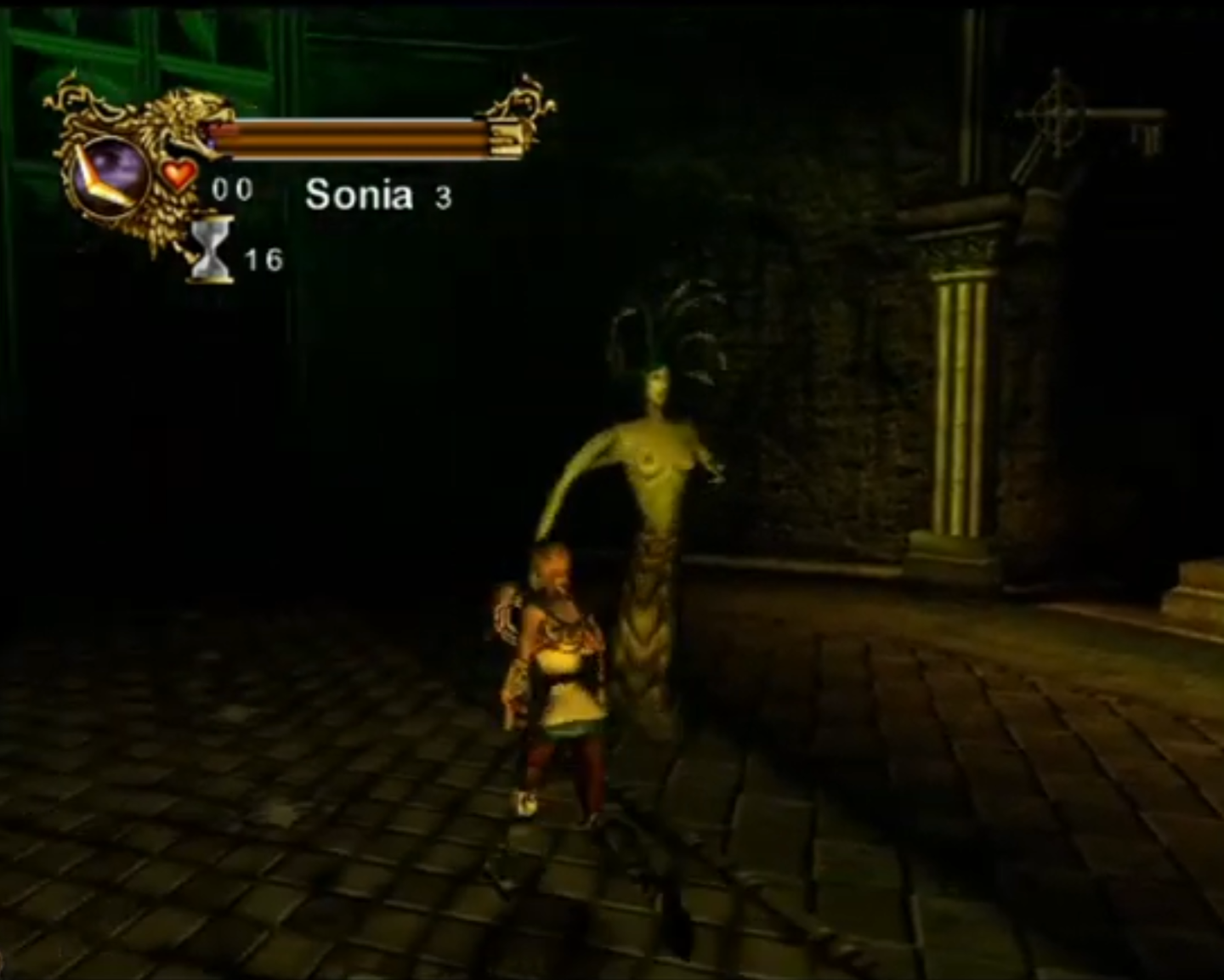
Until 2021 the game even disappeared from the web. A few screenshots and a couple of trailers left Online were all fans had to go off of. In 2021, however, there was an auction on EBay for a supposed working demo of the game. The demo was shown off (in cruddy footage filmed from the seller's phone) to show it really did work and could play in a Dreamcast. The purchaser of the game allowed Dreamcast preservationist Comby Laurent access to the copy, and a working demo of the game was published Online (to Sega Dreamcast Info Games Preservation) and released to the public.
Who knows where the game could go from here. Games in worse shape than this have been hacked apart and rebuilt by fans before so it's entirely possible some enterprising fan-developers could take what's here in the Resurrection demo and make a working, "complete" version of the game. Yes, it would be a work of the fans, and not an official release, but at this point it's likely the fan community would rally around any effort to "restore" this adventure back into the Castlevania canon (in any form it could get).
So maybe the sun hasn't yet set on Sonia Belmont's second adventure. Resurrection may just get resurrected yet (if you'll forgive the pun).